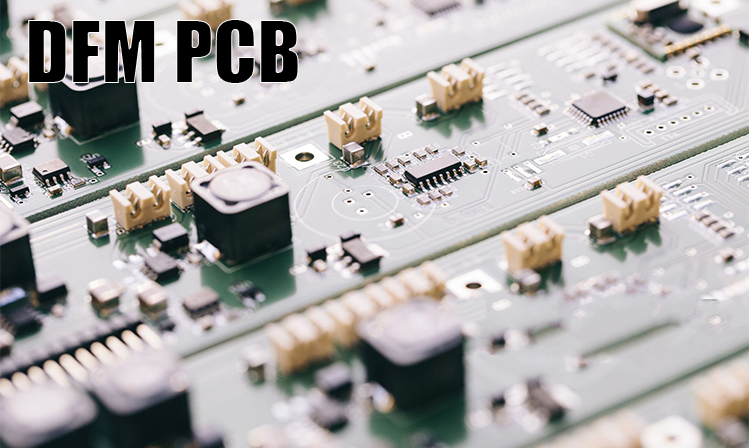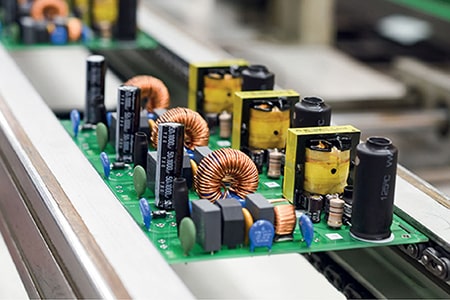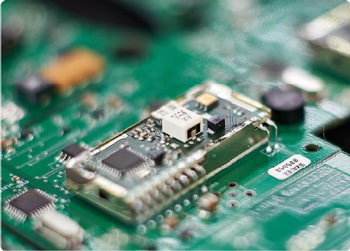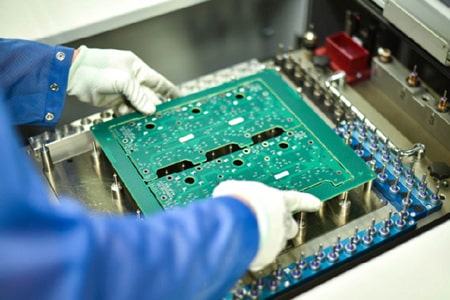DFM for Flexible and Rigid-Flex PCBs
When it comes to flexible PCB and rigid-flex PCB design, one of the most critical steps before production is DFM (Design for Manufacturability). For overseas customers, especially in industries like medical devices, aerospace, automotive, and consumer electronics, a proper DFM review ensures that the design can be manufactured smoothly, without unnecessary delays or high costs.
Why DFM is Important
Compared with standard rigid boards, flexible and rigid-flex PCBs face more complex challenges. They combine different materials, have bending areas, and require precise layer alignment. Without DFM, issues like copper cracking, delamination, or poor solderability can easily occur. Early DFM checks give both the designer and the PCB manufacturer a clear roadmap for successful production.

Key Points of DFM for Flexible and Rigid-Flex PCBs
Bending Zones
Flexible areas must avoid vias, sharp copper angles, and dense routing. The bend radius should follow manufacturing standards to prevent stress damage.
Layer Stack-up
Rigid-flex PCBs often include multiple material systems. DFM confirms whether the stack-up can be laminated correctly, with good dimensional stability.
Vias and Drilling
In flexible regions, mechanical drilling is not ideal. Laser-drilled micro-vias are usually recommended to maintain reliability.
Coverlay and Openings
Unlike rigid boards that use solder mask, flexible PCBs usually require coverlay. DFM checks the coverlay openings, tolerances, and adhesion to avoid peeling or misalignment.
Component Placement
For rigid-flex PCB assembly, components should be placed in rigid sections whenever possible. This ensures solder joints remain stable during bending and reflow processes.
Panelization
Special panelization methods are needed to support rigid-flex PCB manufacturing. DFM reviews help decide the best routing, break-off points, and reinforcement methods.
Customer Benefits
Reduced risk of re-design or production delays
Lower manufacturing cost through optimized design
Better communication with the PCB manufacturer
Faster time-to-market with reliable PCB performance
Flexible PCB and rigid-flex PCB technologies open new possibilities in product design, but they also bring unique challenges. With a solid DFM review, you can make sure your design is not only functional but also manufacturable at scale. Partnering with an experienced PCB manufacturing supplier helps avoid common pitfalls and ensures high-quality results.







